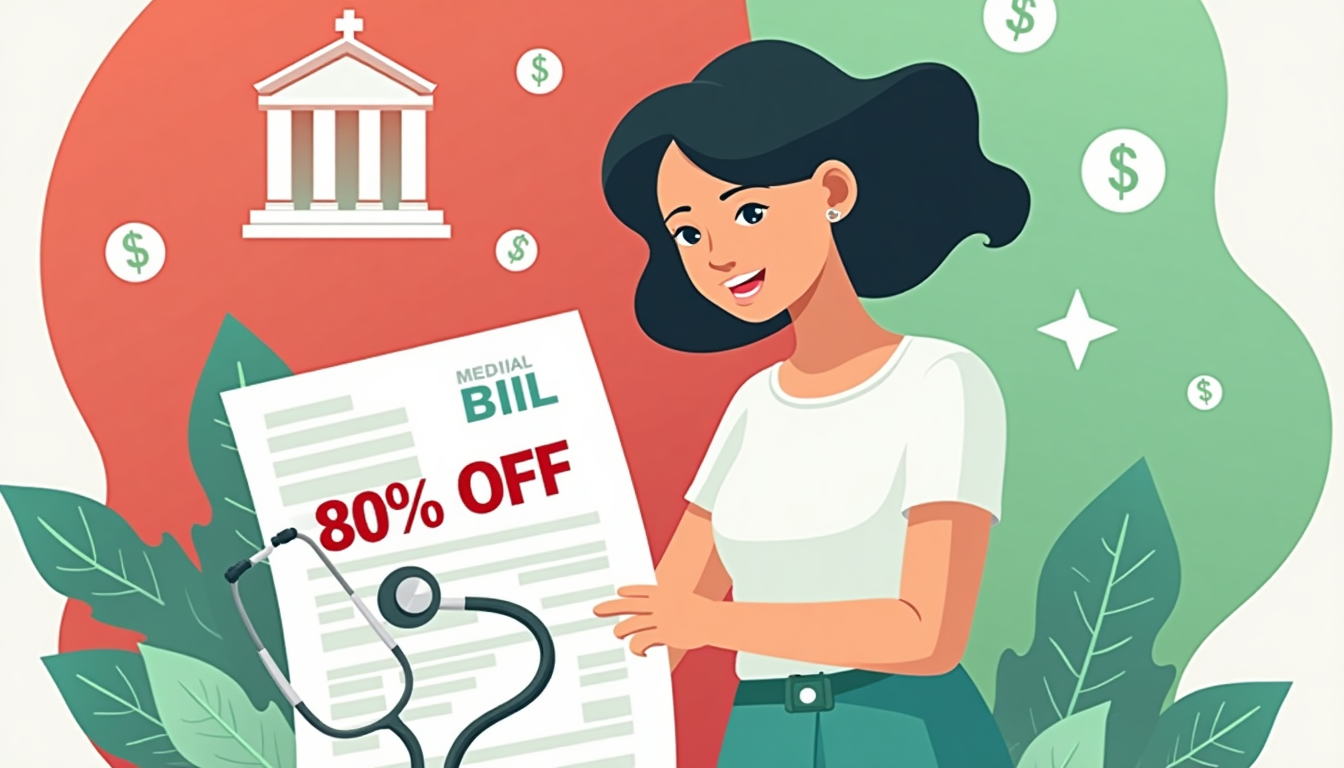How to Access Affordable Healthcare Without Insurance: Your Step-by-Step Guide
“Navigating healthcare shouldn’t require a medical or financial degree,” says Jasmine Washington, Patient Advocate and Certified Healthcare Financial Counselor. “My mission is to help you get care without financial ruin—because your health is worth fighting for.”
If you’re among the 26 million uninsured Americans[1], you’re not alone—and options exist even in complex situations. Let’s explore your rights, resources, and practical strategies to access care while protecting your finances.
Know Your Rights: Hidden Healthcare Protections
Charity Care Laws: What Hospitals Might Not Disclose
All nonprofit hospitals must provide financial assistance programs, yet only 22% actively inform patients about them[2]. Key facts:
- You can apply for charity care before or after treatment
- Income limits often cover households earning up to 400% of the federal poverty level ($60,240 for a family of 4 in 2024)[2]
- Real Example: Maria, 34, avoided $8,000 in ER bills by submitting tax documents to her hospital’s financial aid office post-appendectomy.
Medicaid Access in Non-Expansion States
Residents of Texas, Florida, and other non-expansion states should know:
- 40% of uninsured adults qualify for Medicaid through existing pathways (e.g., pregnancy, disability)[3]
- Quick Solution: Federally Qualified Health Centers (FQHCs) can grant 60-day temporary Medicaid coverage via presumptive eligibility[4]
Step 1: Check Eligibility – Surprising Opportunities Exist
Special Enrollment Periods (SEPs)
Skip Open Enrollment if you’ve experienced:
- Job loss (including part-time positions)
- Birth/adoption
- Marriage/divorce
- Loss of existing coverage
Tip: Use HealthCare.gov’s Income Calculator or text “ENROLL” to 303-333-3333 for free screening[5].
State-Specific Coverage Options
| State | Program | Key Benefit |
|---|---|---|
| California | Medi-Cal | Covers undocumented children |
| New York | Essential Plan | $0 premiums <$30k income |
| Texas | Healthy Texas Women | Free cancer screenings |
Step 2: Find Affordable Care Before Emergencies
Federally Qualified Health Centers (FQHCs)
With 1,400+ locations nationwide[4], these clinics offer:
- Primary care visits: $20-$100 (sliding scale)
- Dental/mental health services
- Prescription discounts up to 85%
Success Story: Detroit’s Advantage Health Center provides $5 diabetes visits with free glucose monitors[4].
Budget-Friendly Telehealth Options
- 76% of safety-net hospitals offer virtual visits under $50[6]
- Top affordable platforms:
- GoodRx Care ($19 visits for common issues)
- FQHC Telehealth (income-based pricing)
- PlushCare ($15/month subscription)
Step 3: Master Medical Bill Negotiation
The 4-Part Strategy
- Request itemized bills (errors occur in 80% of hospital charges)[2]
- Compare prices using hospital price transparency tools[7]
- Ask for cash discounts (average 40% savings)[2]
- Propose payment plans: “Can I pay $100/month at 0% interest?”
Sample Script:
“I want to resolve this fairly. Given my income of [X], could we agree on [Y] payment plan or a lump-sum discount?”
Prescription Cost-Cutting Tips
- Insulin: Use Lilly’s Insulin Value Program ($35/month cap)
- Generics: Request 90-day supplies via CostPlusDrugs.com (up to 80% savings)
- Free Samples: Ask about drug rep samples at FQHCs
Step 4: Tap Into Community Support Networks
Free Clinics & Health Fairs
- 7.2 million annual visits for services like dental cleanings and mammograms[4]
- Find resources through:
- Local United Way chapters
- Medical school outreach programs
- HHS’s Find a Health Center[8]
Disease-Specific Assistance Programs
- Cancer: CDC’s NBCCEDP offers free screenings[9]
- HIV/AIDS: Ryan White Program covers treatment regardless of immigration status[10]
- Chronic Conditions: Patient Advocate Foundation provides copay relief[11]
Emergency Care: Smart Financial Strategies
Hospital Financial Aid Essentials
- Ask immediately: “May I complete a charity care application?”
- Submit documentation: Pay stubs, tax returns, or unemployment statements
- Appeal denials: 68% of initial rejections get approved with advocate help[2]
Avoid Costly Pitfalls
- Request “observation status” instead of inpatient admission to bypass 3-night rule penalties[7]
- Confirm in-network providers during ER visits (protected under No Surprises Act)[12]
Your Next Steps: Take Control Today
- Screen for programs at HealthCare.gov or local FQHCs
- Bookmark price tools: Turquoise Health (hospital costs) + GoodRx (pharmacy prices)
- Share this guide with someone needing support
As Jasmine Washington reminds us: “You have more power than the bills suggest.” Start with one call, one application, one negotiated offer. Your health—and financial stability—are worth the effort.
References
[1] Kaiser Family Foundation. (2023). Health Insurance Coverage of the Total Population. kff.org
[2] Kaiser Family Foundation. (2023). Hospital Charity Care: Requirements and Practices. kff.org
[3] Medicaid.gov. (2023). Eligibility Pathways in Non-Expansion States. medicaid.gov
[4] Health Resources & Services Administration. (2023). FQHC Program Data. hrsa.gov
[5] HealthCare.gov. (2023). Special Enrollment Periods. healthcare.gov
[6] JAMA Network. (2023). Telehealth Adoption in Safety-Net Hospitals. jamanetwork.com
[7] CMS.gov. (2023). Hospital Price Transparency Requirements. cms.gov
[8] HHS. (2023). Find a Health Center. hhs.gov
[9] CDC. (2023). National Breast and Cervical Cancer Early Detection Program. cdc.gov
[10] HRSA. (2023). Ryan White HIV/AIDS Program. hrsa.gov
[11] Patient Advocate Foundation. (2023). Copay Relief Program. patientadvocate.org
[12] CMS.gov. (2023). No Surprises Act Overview. cms.gov




